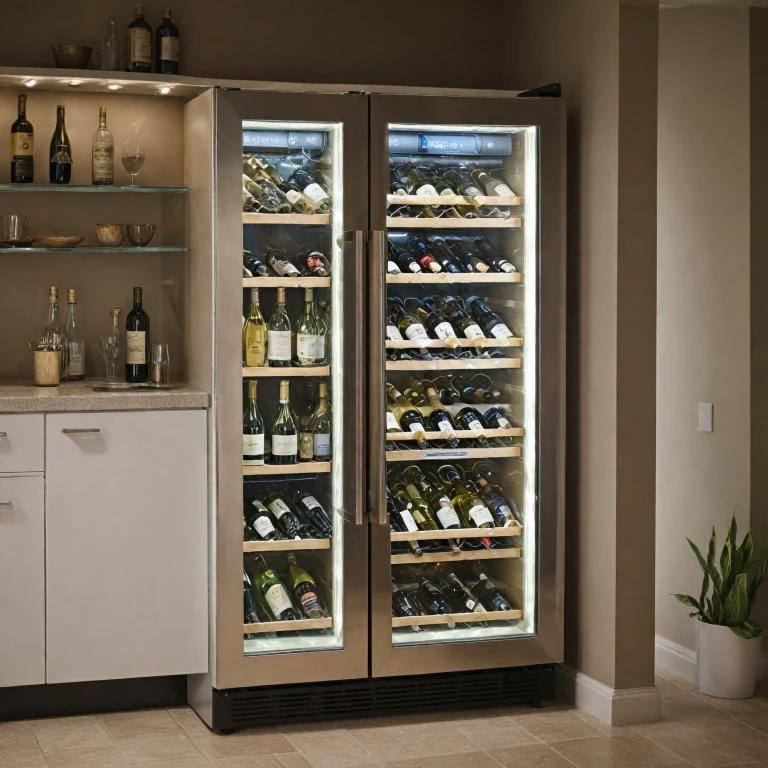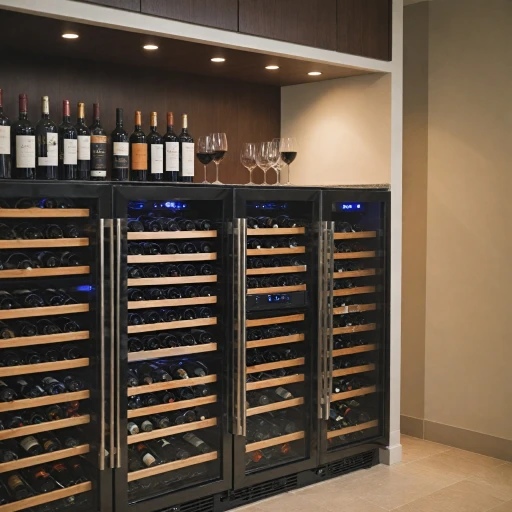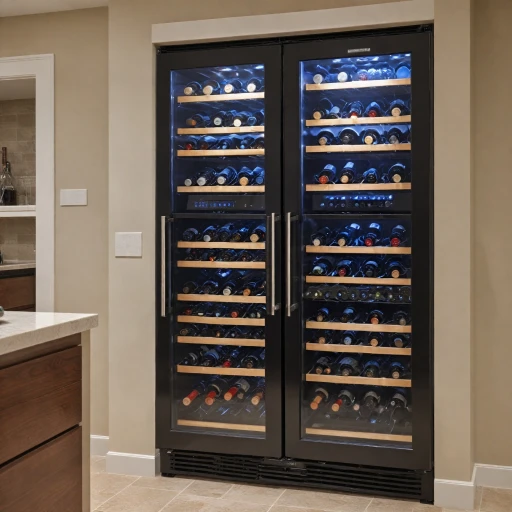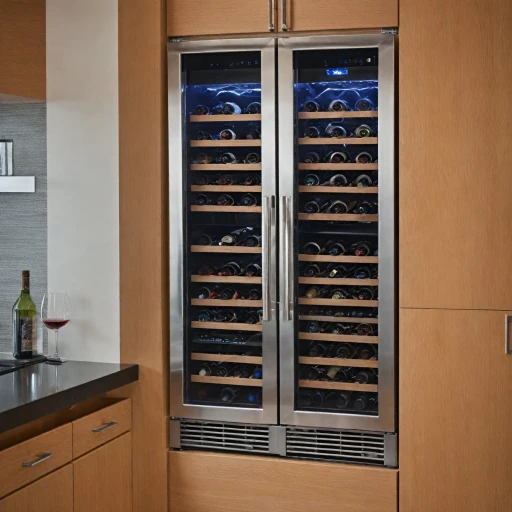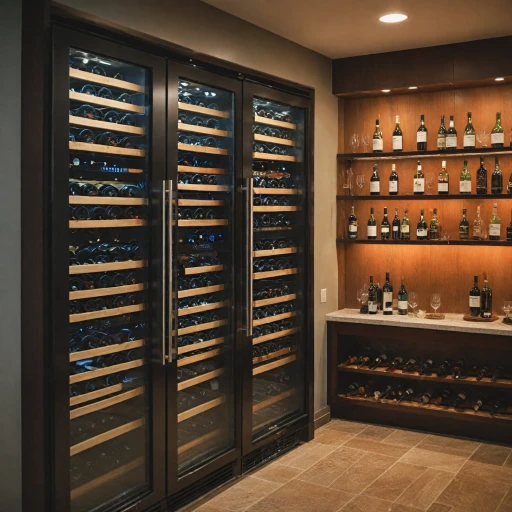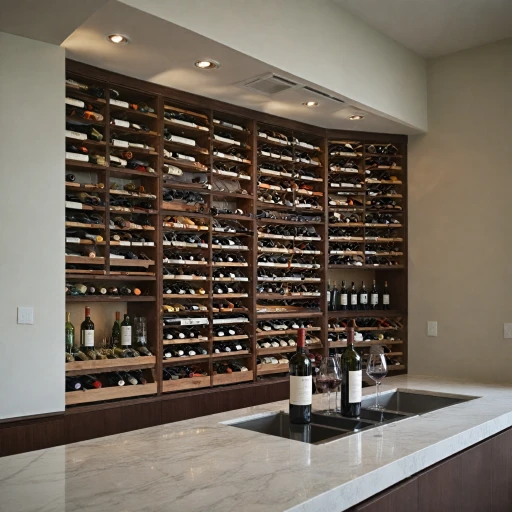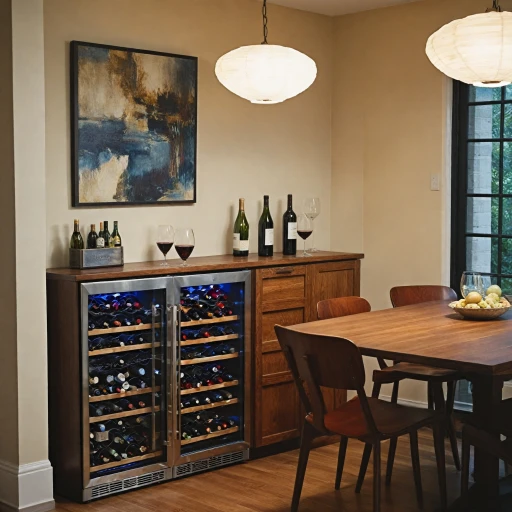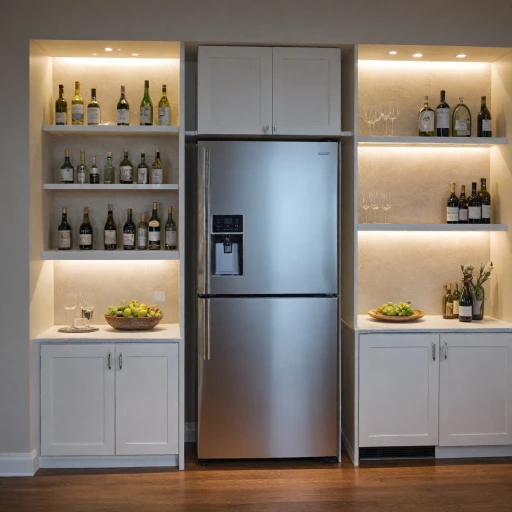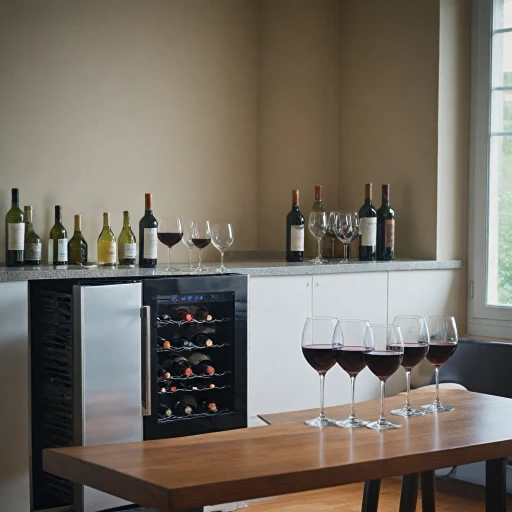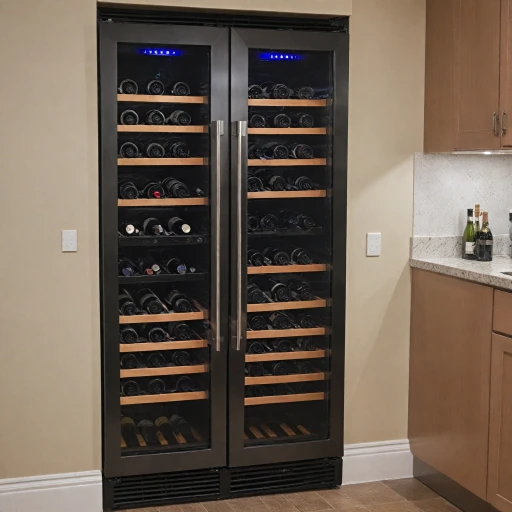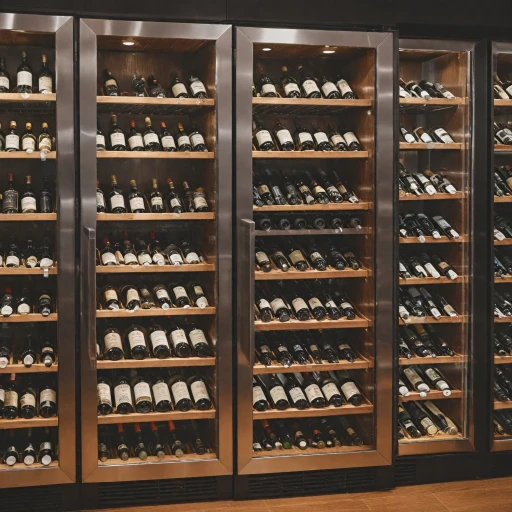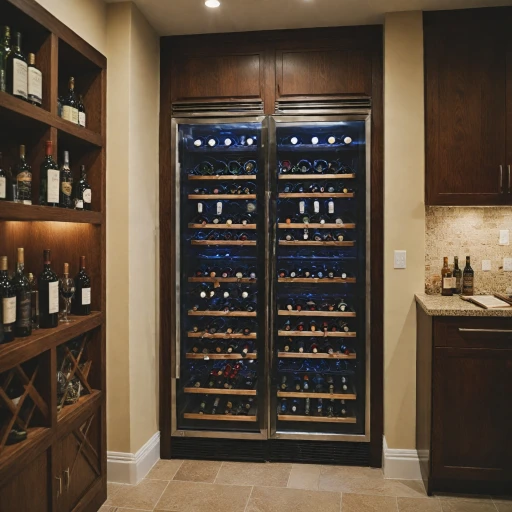
Understanding White Wine Varieties
Exploring the Diversity of White Wines
White wine is a broad category that encompasses a variety of flavors, aromas, and textures. Understanding the different types of white wines is crucial for determining the perfect temperature at which they should be stored and served. From crisp and light to rich and full-bodied, each type of white wine has its own unique characteristics that influence its ideal storage conditions.
Some popular white wine varieties include Chardonnay, Sauvignon Blanc, Riesling, and Pinot Grigio. Each of these wines has specific storage needs to maintain its flavor profile. For instance, a Chardonnay might benefit from a slightly warmer storage temperature compared to a Sauvignon Blanc, which is often best served chilled to highlight its refreshing qualities.
When considering wine storage, it's essential to recognize that the temperature at which a wine is stored can significantly impact its taste and longevity. This is why investing in a wine cooler or wine fridge is beneficial for maintaining the optimal environment for your collection. A dual zone wine cooler can be particularly useful if you have a diverse collection of both red and white wines, allowing you to store each type at its ideal temperature.
As you delve deeper into the science of wine storage, you'll discover that maintaining the right storage temperature is just one aspect of preserving the quality of your white wines. Proper storage not only enhances the flavor but also ensures that the wine can be enjoyed at its best for a long time. In the following sections, we'll explore the science behind wine storage and provide specific recommendations for setting your wine cooler to achieve the best results.
The Science Behind Wine Storage
The Importance of Temperature Regulation in Wine Storage
One might wonder why the temperature at which wine is stored plays such a pivotal role in its preservation and ultimately, its taste. Indeed, the science behind wine storage revolves around maintaining a consistent environment where white wines can thrive over the long term, enhancing their inherent qualities.
Firstly, storing wine at the incorrect temperature can cause irreversible damage. For instance, when wine coolers are set too high, wines can mature too quickly, leading to an unbalanced flavor profile. On the other hand, if the wine fridge is set too low, it can slow the aging process, causing the wine to be muted in taste.
Optimal storage temperature is crucial because wines are sensitive to fluctuations that could compromise the structural integrity of their flavor compounds. The best practice when dealing with wine storage is to maintain a designated storage temperature. While red wines and white wines may have different optimal temperature ranges, the principle remains the same: consistent and appropriate conditions are key.
Wine fridges, particularly dual zone wine refrigerators, offer a practical solution, allowing both red wine and white wine to be stored in their respective optimal zones. For further insights on setting your wine fridge correctly, explore our guide to optimal temperature settings.
In essence, understanding and leveraging the science behind wine storage temperatures can significantly enhance the experience of drinking wine, elevating it from merely enjoyable to extraordinary.
Recommended Temperature Range for White Wine
The Perfect Chill: Finding the Right Balance
Setting the ideal temperature in a wine cooler is crucial for preserving the delicate flavors and structures of white wines. While there's a broad agreement in the wine storage community regarding red wine temperatures, white wines require a bit more finesse.
White wines vary significantly depending on their type, so your wine fridge needs careful attention. For most white wines, the generally recommended temperature range is between 46°F to 55°F. Within this span, lighter whites such as Sauvignon Blanc and Pinot Grigio are best served at the cooler end, around 46°F to 48°F. On the other hand, fuller-bodied whites like Chardonnay, benefit from slightly warmer temperatures, around 50°F to 55°F.
Given these variations, using a dual zone wine refrigerator can be invaluable. This allows for different wines to be stored at appropriate temperatures within the same fridge, ensuring every bottle in your collection can be enjoyed to its fullest potential.
Learn more about enhancing your wine collection with a humidity-controlled wine fridge, optimizing your cooler for different wines and balance the perfect conditions for your white wine.
Adjusting Your Wine Cooler Settings
Properly Adjusting Your Wine Cooler
When it comes to maintaining the quality and flavor of your white wine, setting your wine cooler to the appropriate temperature is key. Unlike red wines, which are best stored at slightly warmer temperatures, white wines require cooler conditions. Proper adjustment ensures that your wine remains at its ideal serving temperature, allowing for an enhanced tasting experience. Here are some essential steps to consider when adjusting your wine cooler or wine fridge settings:- Understand the Type of Wine: Different white wine varieties, as discussed earlier, have distinct ideal storage temperatures. It's crucial to know your wine to optimize your wine cooler settings effectively.
- Set the Right Temperature Range: For most white wines, a wine cooler should be set between 45-55 degrees Fahrenheit. This range is typically cooler than room temperature, ensuring the wine is stored under the right conditions.
- Consider a Dual Zone Cooler: If you store both white and red wines, opting for a dual zone wine cooler can be beneficial. It allows you to adjust separate zones for different wine types, maintaining each at its best temperature.
- Reassess Regularly: Check the accuracy of your cooler settings periodically. Variations in room temperature can influence its performance, so adjustments may be necessary over time.
- Invest in a Reliable Wine Refrigerator: Not all appliances are created equal. Ensure you have a quality wine refrigerator or wine cellar dedicated to maintaining optimal storage conditions for your collection.
Common Mistakes in Wine Cooler Temperature Management
Common Errors in the Management of Temperature for Wine Coolers
Managing the temperature settings of your wine cooler can sometimes be a daunting task, especially when aiming to store white wines at their ideal serving temperature. Understanding the different white wine varieties and their specific storage temperature preferences becomes crucial to avoid common storage mistakes.
Many wine enthusiasts overlook the importance of adjusting the wine fridge settings according to the variety of wine stored. For instance, while some white wines, such as Chardonnays, thrive in slightly warmer storage conditions, others, like Sauvignon Blancs, are best stored at cooler temperatures. Neglecting this may lead to flavors not being captured at their best.
Another common pitfall is the failure to recognize the difference between a single-zone and dual-zone wine refrigerator. A dual-zone cooler allows for the simultaneous storage of both white and red wines at their respective ideal temperatures, ensuring each wine type is served at its optimal taste profile when the time comes.
Additionally, one should resist the temptation to store wine for too long at temperatures not suited for long-term storage. For instance, a wine stored in conditions that mimic those of a wine cellar versus being left at room temperature in a wine fridge ensures prolonged freshness and integrity of flavor over time.
To avoid these common mistakes, it is important to frequently check your wine cooler's temperature against the recommended range for white wines. Adhering to these best practices will significantly enhance your white wine enjoyment by preserving the wine’s intended flavor and character. In case you need more detailed guidance, exploring the science behind proper wine storage plays a vital role in enhancing your wine experience.
